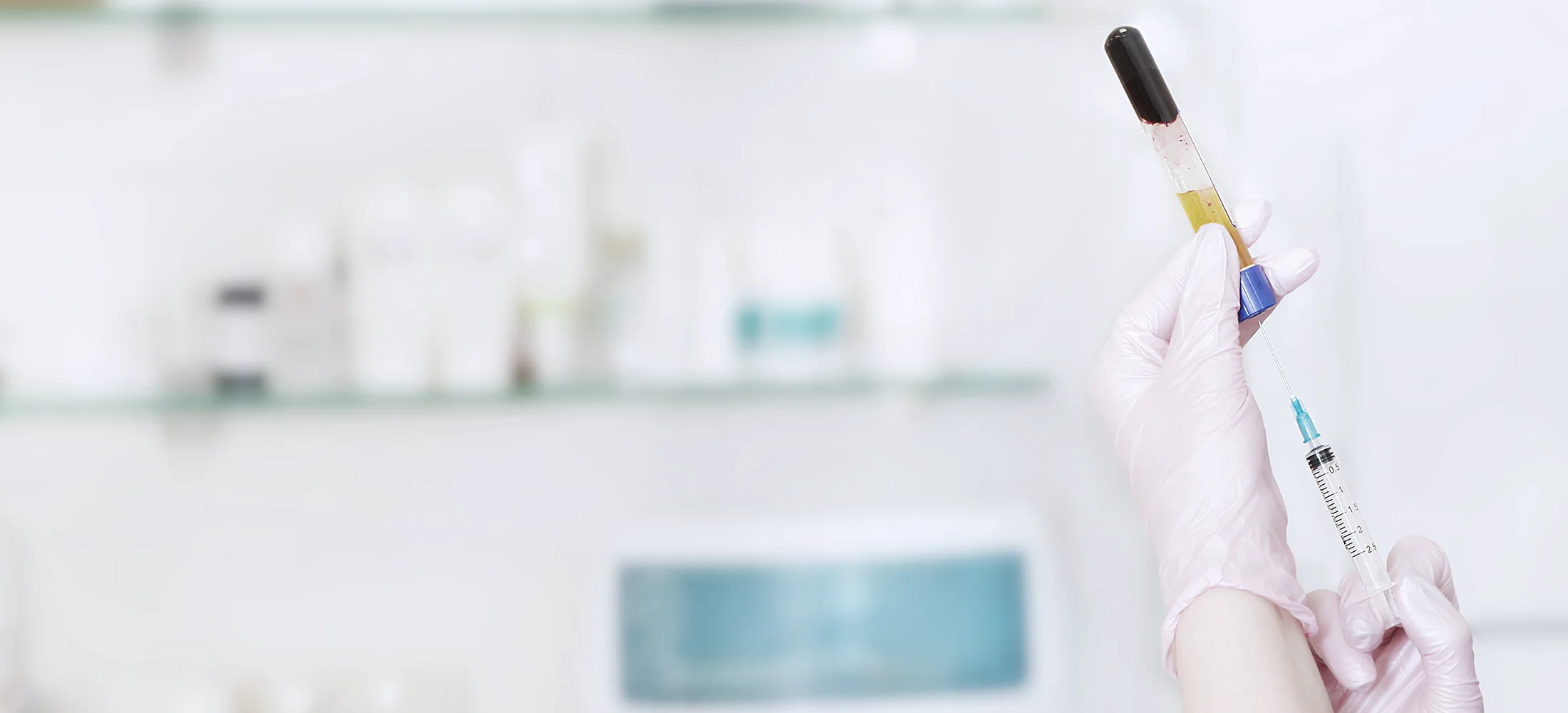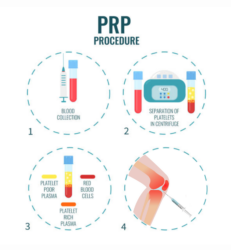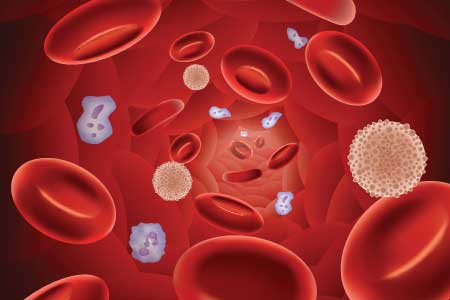
PRP: Platelet-Rich Plasma
Do you suffer from osteoarthritis, a muscle tear, tendon partial tear or tendinopathy?
What is PRP?
Platelets are a critical component of whole blood. Red blood cells carry oxygen, white blood cells fight infection, while platelets carry and recruit reparative growth factors; plasma is the carrier fluid for them all.
Platelet-Rich Plasma (PRP) contains more platelets than are typically found in blood. When blood is placed in a centrifuge (an apparatus that is rotated at high speed), cells separate because of their different densities. Once separated, the platelets and plasma are recombined. When injected into areas of injury, degeneration or arthritis, PRP decreases inflammation and assists in the repair and regeneration of damaged tissue.
What is the Procedure?
We draw your own blood and prepare it in the centrifuge to separate out the different components. The platelets and plasma are then mixed together and reintroduced via a small needle into the area of injury. Dynamic ultrasound or fluoroscopy (X-ray) is used to guide the needle precisely into the appropriate area. Local anesthetic is sometimes injected into the skin overlying the site to numb the area before your procedure.


How Does PRP Work?
Platelets carry and recruit growth factors. These factors promote local blood vessel growth, decrease inflammation, and recruit local stem cells and fibroblasts to sites of damage or injury. Growth factors also signal healthy cells to manufacture greater numbers of growth factors and a natural healing cascade occurs to repair damaged tissue.
PRP needs to be injected at the site of tissue damage in order to stimulate a healing response. PRP can be injected into joints, spinal discs, muscles, fascia and around tendons.
The Result
The platelets only work where they are injected. Some joints, such as the knee, hip and shoulder are large and may require a series of 2 or 3 injections for the optimal effect. This may also be necessary if the area of damage is extensive or chronic in nature.
The growth factors in PRP initiate a reparative process and you should start to notice some improvement within 2-6 weeks.
References:
Dai W-L, Zhou A-G, Zhang H, Zhang J, “Efficacy of Platelet-Rich Plasma in the Treatment of Knee Osteoarthritis: A Meta-analysis of Randomized Controlled Trials,” Arthroscopy 2017, 33(3): 659-670.
Sundeman EA, Cole BJ, Karas V, et al, “The Anti-inflammatory and matrix restorative mechanisms of platelet rich plasma in osteoarthritis,” American Journal of Sports Medicine, 2014; 42: 35-41.
Smith PA, “Intraarticular autologous conditioned plasma injections provide safe and efficacious treatment for knee osteoarthritis,” American Journal of Sports Medicine, 2016; 44:884-891.


What Our Patients Say.
“Dr. Lawler is very professional. He did an excellent job with the PRP in my hip.”
J. G.

